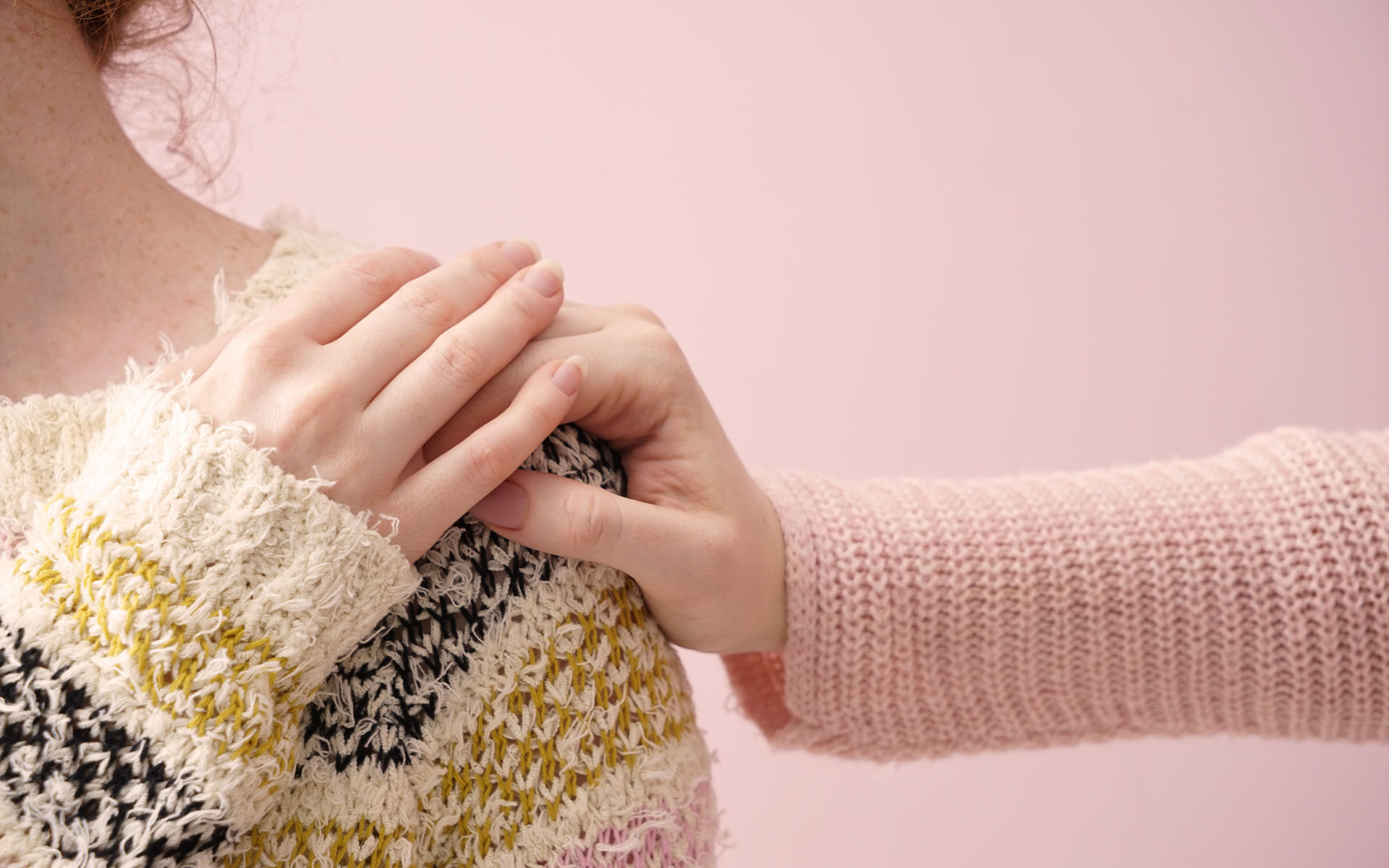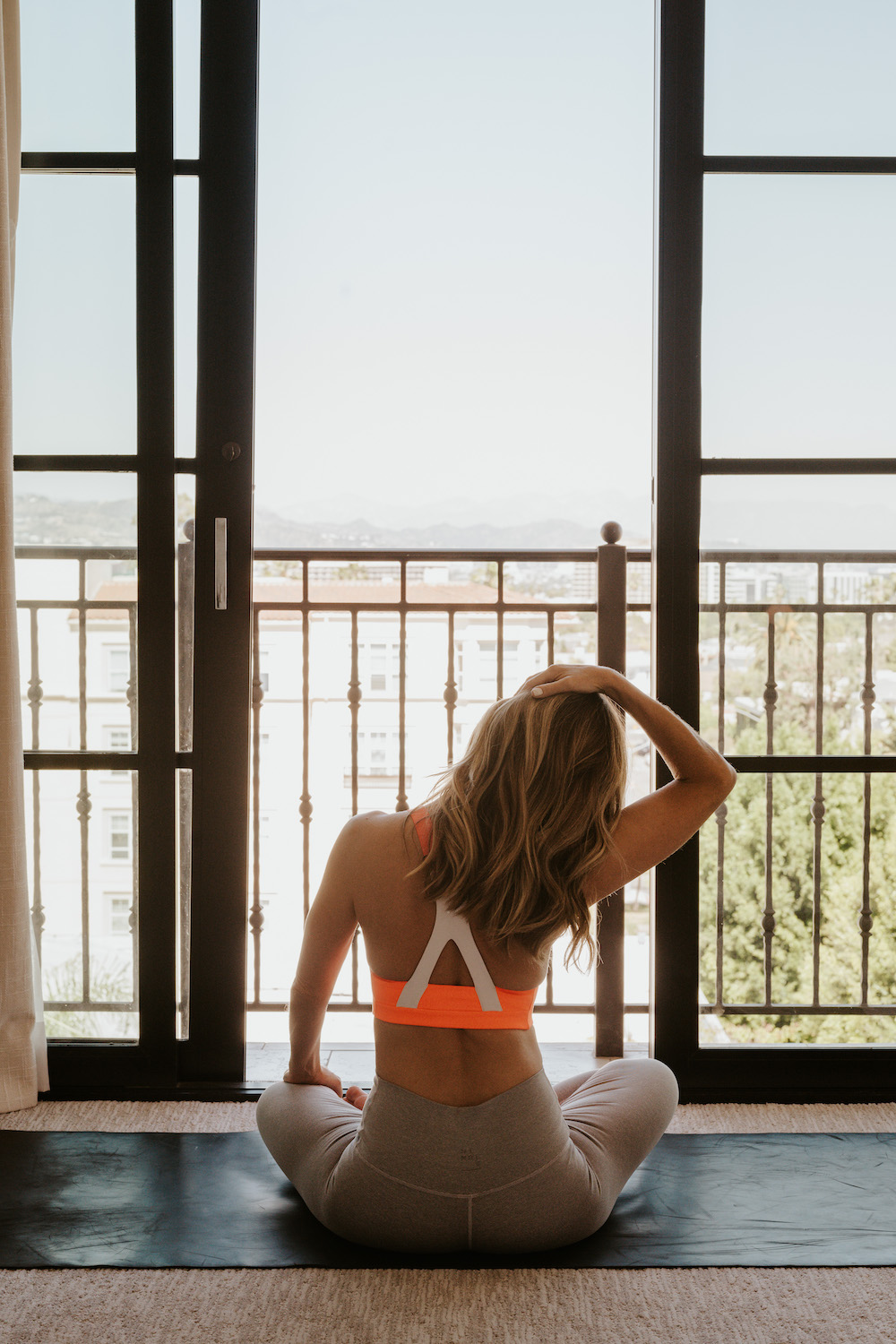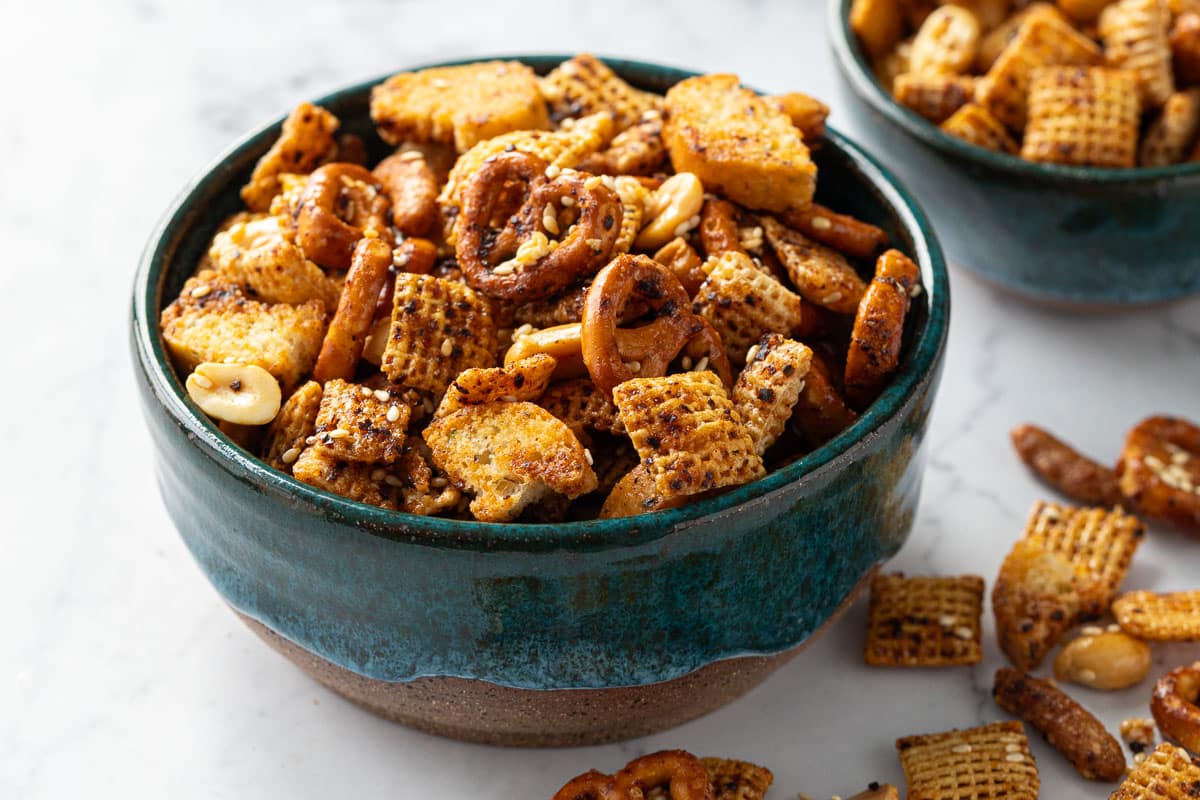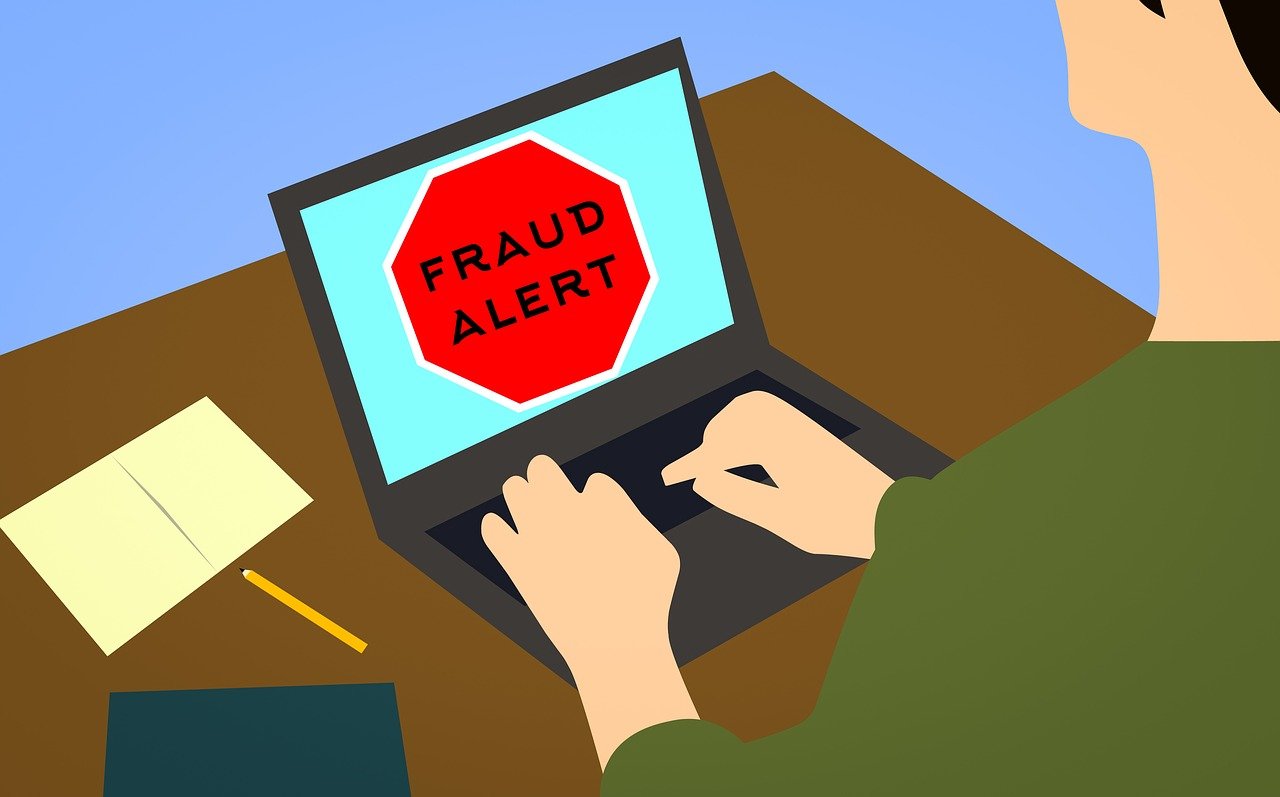Is Your Skin Freaking Out From Retinol? Try This Surprising Hack
Retinoids aren't the most self-explanatory product to use—so here's a useful tip.


Our editors have independently chosen the products listed on this page. If you purchase something mentioned in this article, we may earn a small commission.
While face cleanser has a fairly self-explanatory instruction guide (although, there are a few common face washing mistakes that make derms cringe), retinoids are a bit more nuanced. You may need to do some research, consult expert advice, and endure some good old trial and error to find your best-fit retinoid routine. Even then, there are some sneaky side effects to be mindful of.
You may be familiar with the risk of over-exfoliation (and even contact dermatitis) that comes with overusing retinoids. This is relatively easy to spot when it happens, as it likely results in redness, dryness, or overall irritation. One of the not-so-predictable potential side effects? Chapped lips. Here, we’ll explain why.
If you have chapped lips, tweak your retinoid routine.
“If you have chapped lips all the time, it might be because of your skin care,” board-certified dermatologist Angelo Landriscina, M.D., shares in a TikTok video. Landriscina went on to explain that it’s fairly easy to get your skin care products onto your lips, even if you’re not intentionally applying them to that area.
This can happen with any skin care product, including cleansers with active ingredients, serums, or moisturizers. According to Landriscina, a few ingredients may irritate the lips: AHAs, BHAs, niacinamide, and retinoids.
The latter is especially important to pay attention to, as retinoids are potent products that can do some serious irritation to the skin if used incorrectly.
How do you prevent this? Well, there are two ways: Either you can be extremely meticulous about how you apply your retinoid and make sure that the skin surrounding the lips doesn't come into contact with any of your actives (that includes surfaces like your pillow, as your skin care can easily smear onto the fabric).
Or, you can opt for this easier solution: Apply a lip balm as a precautionary step in your skin care routine. This way you’ll get a layer of protection to buffer this sensitive area from your retinoid and other skin care products that may be causing irritation.
Our go-to, of course, is the mbg lip balm. This product contains humectants, emollients, and occlusives, which means it will help pull moisture into the lips, soften the skin, and lock in hydration. Occlusives are especially important for protecting the lips against retinoid irritation, acting as a barrier between the two.
We should also note that mbg's lip balm does not have any exfoliating or aggressive plumping agents in the formula; it only folds in gentle, nourishing actives meant solely for moisture. Why is this important? See, many lip balms feature ingredients like salicylic acid or peppermint oil to buff away flakes or increase volume—which is all well and good, but not when you're hoping to protect the lips from any potentially irritating actives.
Not to mention, mbg's lip balm will help soften the delicate skin on your lips over time, making it a worthy step in your skin care routine. Think about it—you might set aside a separate step for eye cream because that area is especially sensitive, so why not show the same love to your lips?
Your lips are similar to your under-eyes, as they have thinner skin, thus calling for some extra TLC during your routine. If you frequently face chapped lips or irritation from your retinoids, you might want to apply a lip balm before your skin care routine to protect your pout.
You should choose a simple, high-quality balm that will nourish your lips and create a buffer from the retinoid. Not sure if your lip balm makes the cut? Here are a few reasons your product may be drying out your lips even more and what to look for in a nourishing lip balm.
https://www.mindbodygreen.com/articles/your-retinoid-could-be-causing-dry-lipsheres-how-to-prevent-it

 ShanonG
ShanonG 
























.jpeg?trim=0,89,0,88&width=1200&height=800&crop=1200:800)







